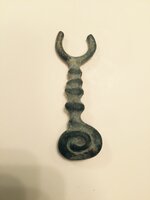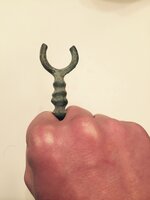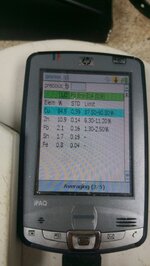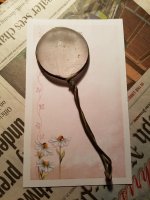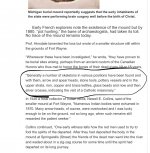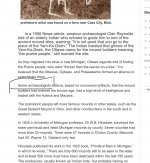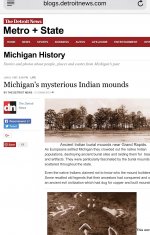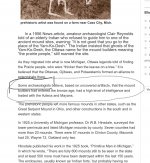Mintberrycrunch
Sr. Member
Found on a river near known Indian mounds I was hoping copper culture probably wishful thinking any thoughts. Update after sending out a few emails to people dealing in bronze artifacts I may have a lead I'll post the email
Amazon Forum Fav 👍
Attachments
Last edited:


